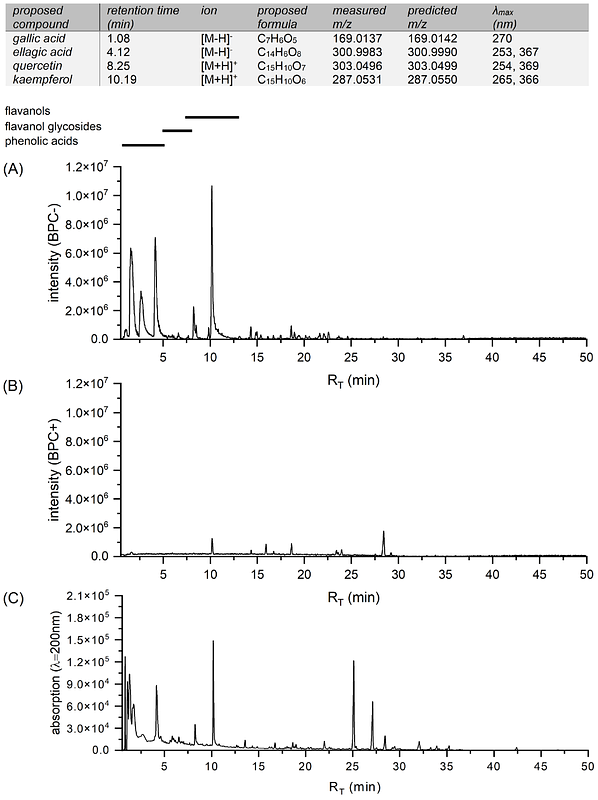Historical texts as a potential resource for plant-derived natural products against SARS-CoV-2 - the example of the Receptarium of Burkhard III von Hallwyl from 16th century Switzerland

Historical texts as a potential resource for plant-derived natural products against SARS-CoV-2 - the example of the Receptarium of Burkhard III von Hallwyl from 16th century Switzerland
Vahekeni, N.; Stehlin, J.; Urmann, C.; Wolfram, E.; Geissmann, Y.; Ruedin, Y.; Engler, O.; Lardos, A.
AbstractIn the search for more effective prophylactic and possibly curative therapeutics against SARS-CoV-2, an historical-ethnobotanical approach was used to select plants described in the Receptarium of Burkhard III von Hallwyl (RBH), an influential recipe text from 16th century Switzerland. Ten species were identified based on specific historical uses presumably linked with the treatment of viral infections as well as inflammatory conditions. For each plant candidate, aqueous and hydroethanolic extracts have been produced. CellTiter-Glo Luminescent Cell Viability Assay was used to assess antiviral activity against SARS-CoV-2 and the effect on cell viability of the extracts. Of the ten plant species tested, four displayed an antiviral activity greater than or equal to 50% at 16.7 ug/ml with acceptable cell viability (> 75%): Sambucus nigra L. (leaves), Viola odorata L. (leaves), Geranium robertianum L. (arial parts) and Artemisia vulgaris L. (aerial parts). The crude extracts were partitioned in aqueous and organic fractions and further analyzed. The ethyl acetate fractions of S. nigra, V. odorata and G. robertianum expressed significant antiviral activity of nearly 100% at 5.6 ug/ml (P < 0.05). The most potent inhibitory activity was observed for the ethyl acetate fraction of Viola odorata L. (leaves) with 87% at 1.9 ug/ml (P < 0.0001). Alongside bioactivity analysis phytochemical fingerprints were made, with the aim to understand important substance classes contained. Further investigations are required to explore the active principles. Our study shows that an ethnopharmacological approach based on historical records of traditional use to select potential herbal candidates coupled with a rational screening process enables an efficient search for plant-derived natural products with antiviral activity against SARS-CoV-2.


